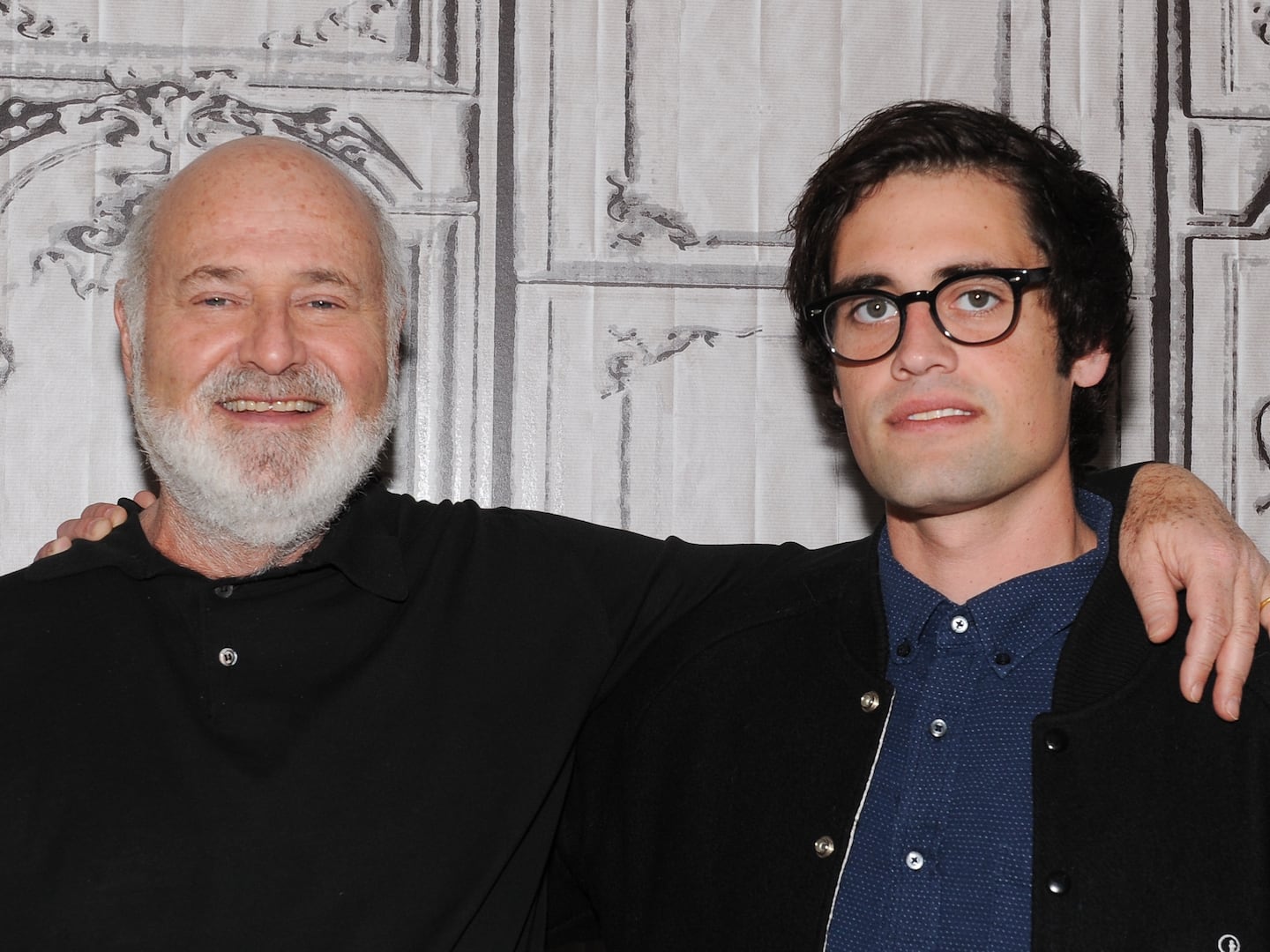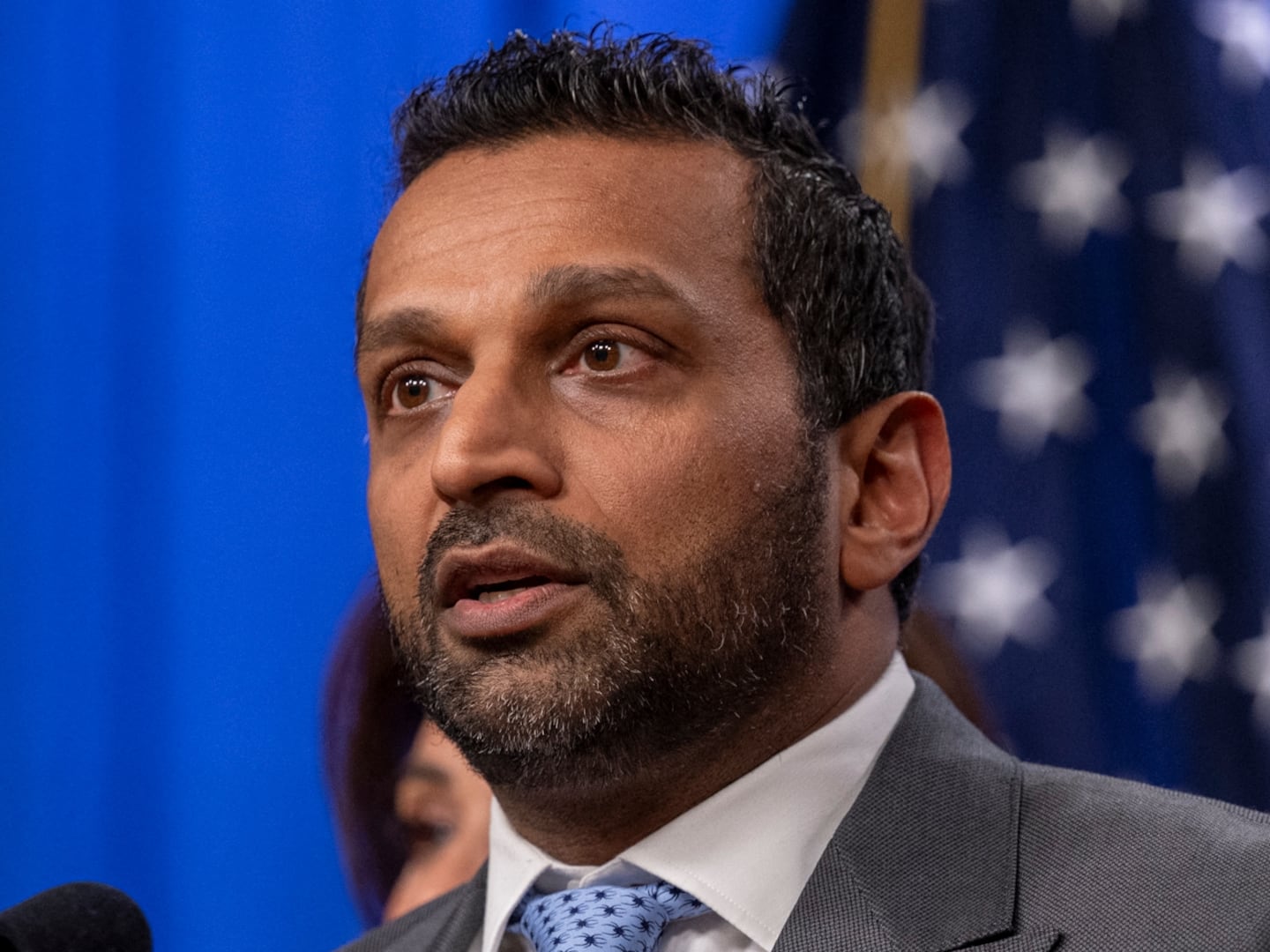There are approximately 1.1 million charities in this country—not local chapters, but unique, full-fledged organizations. Stop and think about that number for a moment. It means tens of thousands of charities in every state, thousands in every county. And the number grows by more than 50,000 every year, in good times and in bad. The charitable sector employs approximately 13 million people. In addition, more than 61 million Americans volunteer for charities, adding about 8 billion hours of effort to charitable causes—roughly the equivalent of another 7 million full time employees. Charities take in over $1.5 trillion dollars each year in revenues and have assets approaching $3 trillion. Charitable activity accounts for 10 percent of the economic life of this country. And this percentage is certain to grow as the challenges of our society multiply and government proves unable to respond in a meaningful way.

Almost all of us are engaged in the charitable sector in direct ways: as employees, as volunteers, as donors, or as customers and clients. And even those few not so involved are indirectly entangled as taxpayers and citizens. While considerable funding for charities comes from purely private sources, our governments—federal, state and local—provide hundreds of billions of dollars in direct grants each year. A figure for total government support of the nonprofit sector is difficult to calculate, but most estimates put direct charitable revenues from government at roughly $500 billion a year.We support this broad array of services because absent a robust charitable economy, these functions would either cease or devolve to government—an unpalatable option in a time of rising public debt and dwindling faith in the efficacy of government. In effect, we have privatized these public functions in the belief that charities can perform these tasks better and with greater efficiency than government. The public—and private—investment in the social sector is one of the critical elements of the American social compact, yet it is one of the oddities of public life that each year we renew this investment without ever pausing to ask the same questions that we ask of every other public and private investment: what are we getting in return, is the investment structured correctly, is the money going to the right places? Remarkably, we don’t think much about the nonprofit sector at all. Our attention to it is largely scandal-driven (think of the United Way and Acorn) and ephemeral, due to a web of factors including the cloaked nature of the public investment, the fact that the public rarely perceives the millions of disparate charitable businesses to be a unified industry, and the fact that the sector includes sacred institutions of American life such as churches and schools.
But the flip side of the coin is that when donors, large and small, wake up to the need, they can effect enormous change in the charitable system simply by altering their own giving behavior. Here is what they—and we all—need to do.
Resist the old ways. Giving to maximize social impact means shedding old habits. Social investors focus solely on impact, renouncing the numerous unrelated reasons why people give. They ignore overhead and administrative ratios. They focus on the end customer, rather than targeting contributions to smaller charities so they can make a difference to the organization. They base their contributions not upon personal connections and relationships, but on objective evidence. That is easy to write, less easy to do. Charitable appeals are often personal, from friends, from professional fundraisers and even from the head of the charity itself. Charity fundraisers often say that donors give to people, not to organizations, and, for that reason, charitable executives are chosen in large part for their ability to raise money, not to lead an effective company. Social investors must look past charismatic front men and clever marketing. As Warren Buffet has said, “I try to buy stock in businesses that are so wonderful that an idiot can run them. Because sooner or later, one will.”
Look for indicia of quality. The key task of the social investor, identifying the top performing charities, is made difficult by conflicting claims and lack of objective analysis. But the social impact investor can look for certain qualities that mark a high performing charity. Top-flight organizations are clear about their targets, and willing to make their goals and results known internally and externally. Seek out charities that post specific goals and research results on their web sites, and are willing to be transparent and accountable to their stakeholders. High performing charities often show real growth year over year in terms of revenues and markets; such growth may reflect careful strategies and effective execution. Conversely, beware of the warning signs. Avoid charities that boast of exceptionally low overhead expenditures; they may be managing their books for public display or short-changing their potential, or both.
Do the work. Great charities do exist. I mention a handful in my book and there are many others. But, in the absence of good market information, they are not easy to find, and Americans, by and large, are not working very hard to find them. Average Americans spend more time watching television in a single day than they do on their charitable contributions in an entire year. Like financial investing, social investing takes work: researching charities, reviewing websites and published reports, and sharing information among friends, peers and other likeminded givers.

Follow the leaders. But, to be realistic, many people will not want to do the work. That means that in this sprawling and confusing charitable marketplace, the role of signalers—people and organizations who do invest the time to review and analyze charities—is critical. Historically, that role has been played on a local level by the socially prominent. More recently, the mantle has been assumed by very different players, organizations like Charity Navigator, which evaluate and publicize reviews of thousands of charities every year. There are a number of such intermediary organizations—the Better Business Bureau is another—but Charity Navigator is the best known. Yet, with virtually no capacity to seriously investigate and analyze charities, Charity Navigator has been forced to rely on the proxy measures of overhead and salary to construct its much followed four star ratings guide. These ratings have the benefit of simplicity to recommend them but little else; as this book has amply discussed, that data has little to do with charitable effectiveness.
Fortunately, as we have seen, there are other, better, signalers in the marketplace, like GiveWell and New Profit and the Gates and Robin Hood foundations, which are committed to careful research and analysis. Of the organizations profiled, only GiveWell specifically positions itself as a public signaler and publishes its analyses for all to see, but it is a simple enough matter to Google a list of grantees of the other donor organizations to find more charities individual donors can reasonably trust.
Pool donations. Ultimately, charitable investments may be best left to professionals. Consider the way Americans invest in the stock market. In many ways, it is far easier to invest for profit than to make socially sound donations. There are, after all, only some 15,000 publicly traded companies in the United States and, by law, each company is required to divulge detailed financial and risk information to the investing public. Financial institutions, tip sheets, web sites, books and television shows provide endless advice to would-be investors. The mutual fund industry alone employs over 150,000 people. Yet, despite the wealth of data on individual stocks, most Americans still choose to invest in companies only indirectly, through retirement plans, mutual funds and other professionally directed vehicles. Contrast that to the direct, ad hoc and amateur nature of most philanthropic activity in this country.
Clearly an intermediate layer of charity experts who monitor, evaluate and publish results on non-profits could transform financing in the charitable world. Charitable mutual funds, for instance, would allow individuals to pool their funds and give under professional guidance. It is a sensible thing to do, even for the most sophisticated and well-heeled of donors. When Warren Buffett decided to give away his billions, he concluded that others, in his case the professional staff at the Gates Foundation, were better suited to manage his money for social purposes. Currently, a handful of organizations such as GiveWell pool donor dollars and channel funds to worthy charities. The choices for the average donor are currently limited, but so for the moment is the demand for such services. With hundreds of billions of dollars at stake, the options will no doubt dramatically expand if the donating public begins to seek such services.
Reinvent government. Despite the huge amount of individual giving in the United States, the federal government remains by far the largest bankroller of the charitable sector. Each year the federal government makes hundreds of billions of dollars in direct grants to charities and provides an equal amount more in indirect support via the tax code, the vast majority without a rigorous evaluation of organizational effectiveness.
The immense size of federal investment in the charitable world—in 2009, government distributed more than $100 billion to human services nonprofits alone—presents an opportunity for fundamental change, not only in how government spends money but in how we all interact with the charitable sector. This opportunity has two parts. The first is by changing the government’s grant practices, which do not reward and encourage the most effective charities.
In May 2012, the White House issued a new budget instruction, to go into effect in 2014, requiring grant-making agencies to increase the use of evidence in grant formulas. The new directive requires agencies to prioritize funding for programs with greater levels of evidence, to create competitive preferences for organizations (profits and nonprofits alike) that can prove outcomes, and to pay for success—increasing or decreasing reimbursements depending upon results. On one level, these are stunningly obvious edicts—a requirement that agencies make sure they get what they pay for. But in government, this is the stuff of radical reform.
More radical even than changing grant formulas, the federal government could choose to spend its money through professional intermediary organizations that are better prepared than government agencies to evaluate and support charities. There have been small-scale efforts to funnel federal funds in this fashion, through the White House Fund for Social Innovation and the Department of Education efforts described in Chapter 5. Local jurisdictions have also created intermediary programs. Creating a new layer of organizations with expertise in evaluating charitable effectiveness and assisting in the development of well-run charities would require substantial resources. But it is not too large a price to pay for far more effective deployment of taxpayer dollars. Both of these innovations would drive substantial change in how government funds the social sector. Change in process comes hard to government but the time is right—now, when there is widespread skepticism about the size and effectiveness of government. It is time to let a new and professional marketplace move government out of the “inputs” business and into a world of buying provable results.
From the forthcoming book With Charity for All by Ken Stern copyright © 2013 Ken Stern, to be published by Doubleday, an imprint of the Knopf Doubleday Group, a division of Random House, Inc.






